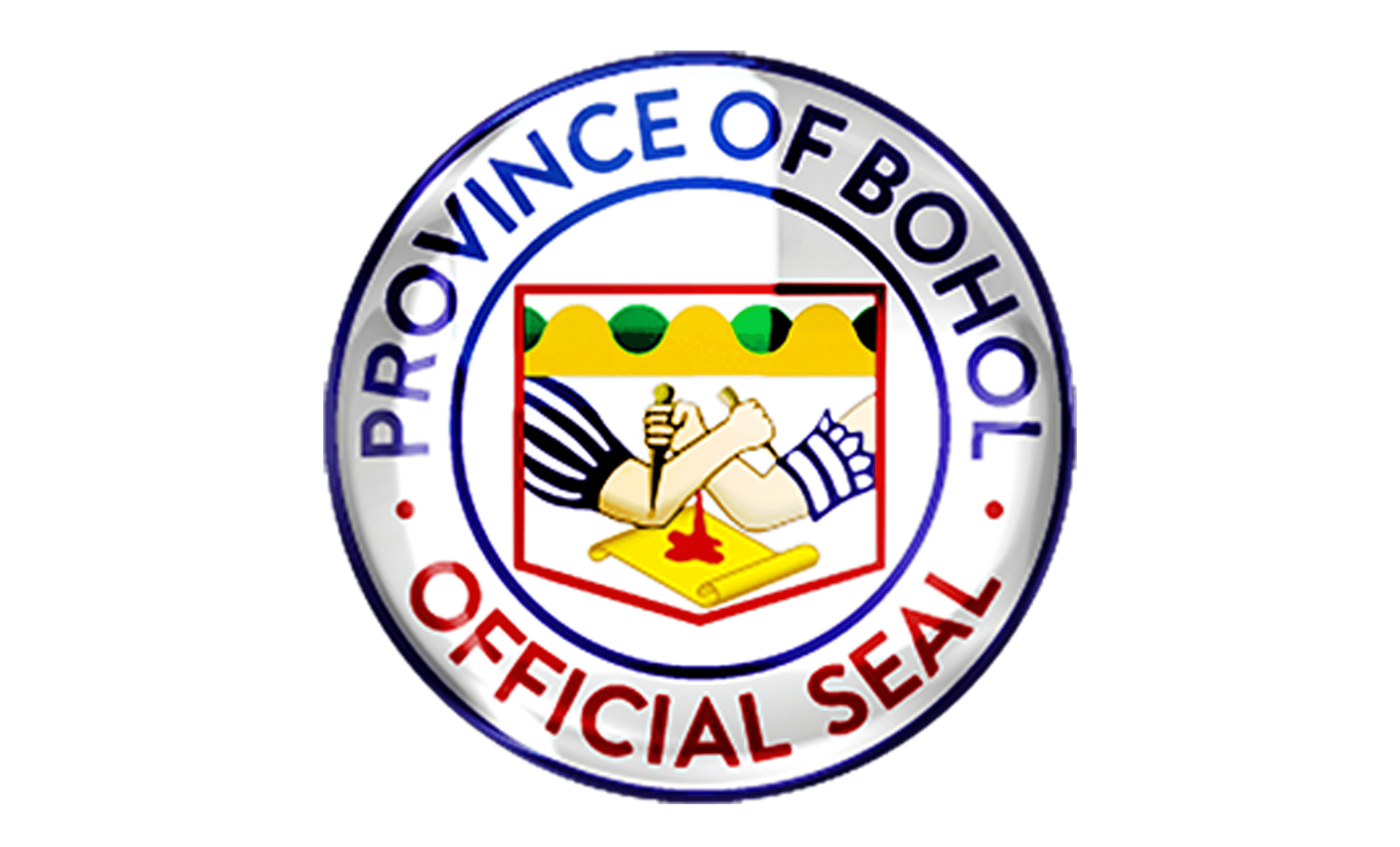MUNICIPALITY OF CLARIN
Clarin is in the northeastern part of Bohol and is 61 kilometers from Tagbilaran City. It was organized on January 31, 1919 out of the territories taken from Tubigon, Inabanga and Carmen. It was originally called “Can-ogong” after one of the early settlers named Ogong who had a habit of hanging a bamboo tube for salted fish. Since he was a popular man in the community the place was called after him, Can-ogong, meaning “Ogong’s place”.Can-ogong was then changed to Clarin when it was organized as a municipality in honor of the first Civil Governor of Bohol, Hon. Anecito Clarin.During World War II, its central school was used by the Japanese as a concentration camp for suspected persons.
Municipal Officials: 2022-2025
| Mayor | : | Ibarra, Eugeniano Ermac |
| Vice Mayor | : | Camacho, Fernando Jr. Cabahug |
| SB Members: | : | Salera, Nora Patindol |
| Lanoy, Ranielo Sepe | ||
| Poquita, Cheryl Campaner | ||
| Salera, Corsine Cepada | ||
| Bornajos, Nelson Pogoy | ||
| Carcallas, Ligaya Palencia | ||
| Caliao, Joan Remoreras | ||
| Butal, Christine Juanich | ||
| ABC President | : | |
| SK President | : |
Facts and Figures:
| Location | : | Northwestern coast of Bohol mainland |
| Congressional District | : | 2nd District |
| Number of Barangays | : | 24 Barangays |
| Income Classification | : | 5th( Per D.O. 32-01 ) |
| Ave. LGU Annual Income | : | P37,359,576.00 |
| Total Municipal Land Area | : | 62.79 sq. kms. |
| Timberland Area | : | 779 hectares ( Mangrove Area- 182 has.) |
| Alienable & Disposable (A & D) | : | None |
| Soil Cover | : | Annam, Bantog, Bolinao, Inabanga and Faraon Clay |
| River Basins (Watershed Areas) | : | Tubigon RB and Abatan RB |
| Population | : |
18,040 ( 2000 NSO Census ) 18,871 ( 2007 ) 19,616 ( 2012 projected ) |
| Average Population Growth Rate | : | 0.62% ( 2000-2007 ) |
| Total Number of Households | : | 4,004 ( 2007 Census ) |
| Major Industries | : | Farming, Fishing |
| Literacy Rate | : | 89.77% |
| Higher Education Institutions | : | 1 (BISU) |
| Number of Secondary Schools | : | 2 |
| Number of Primary/ Elementary Schools | : | 8 Primary Schools, 9 Elementary Schools |
| Language/ Dialect | : | Bisaya/Cebuano |
| Religion/ Religious Affiliation (1990) | : | Roman Catholic |
| Main source of potable water | : | Groundwater and Surface |
| Water Supply | : | Level I, II and III |
| Potable Water Demand | : |
1,809 cubic meters per day (cum/d), CY 1998 9,418 cu.m./d (CY 2030) |
| Estimated Groundwater Recharge | : | 33, 627 cu.m./day (average) |
| Water Demand for Irrigation | : | 9,418 cum/d |
| Energization Status (as of CY 1999) | : | 24 (All Barangays Energized); 4,857 or 113% households connected; 4,300 potential house connections |
| No. of HH w/ accessed to Sanitary Toilets | : | 3,585 (93.58% 2010) |
| Drainage and Sewerage System | : | None |
| Number of Barangay Health Stations | : | 5(20%) |
| Number of Hospital | : | 1 (Medicare Community Hospital) |
| Number of Municipal Health Center | : | 1 |
| Number of Day Care Centers | : | 24(100%) |
| Carpable Areas | None | |
| Total Road Length | 85.95 kilometers | |
| Total Number of Bridges | 9 | |
| Communication System | Telephone (PLDT-PCO, GLOBE) and radio | |
| Official Website |
